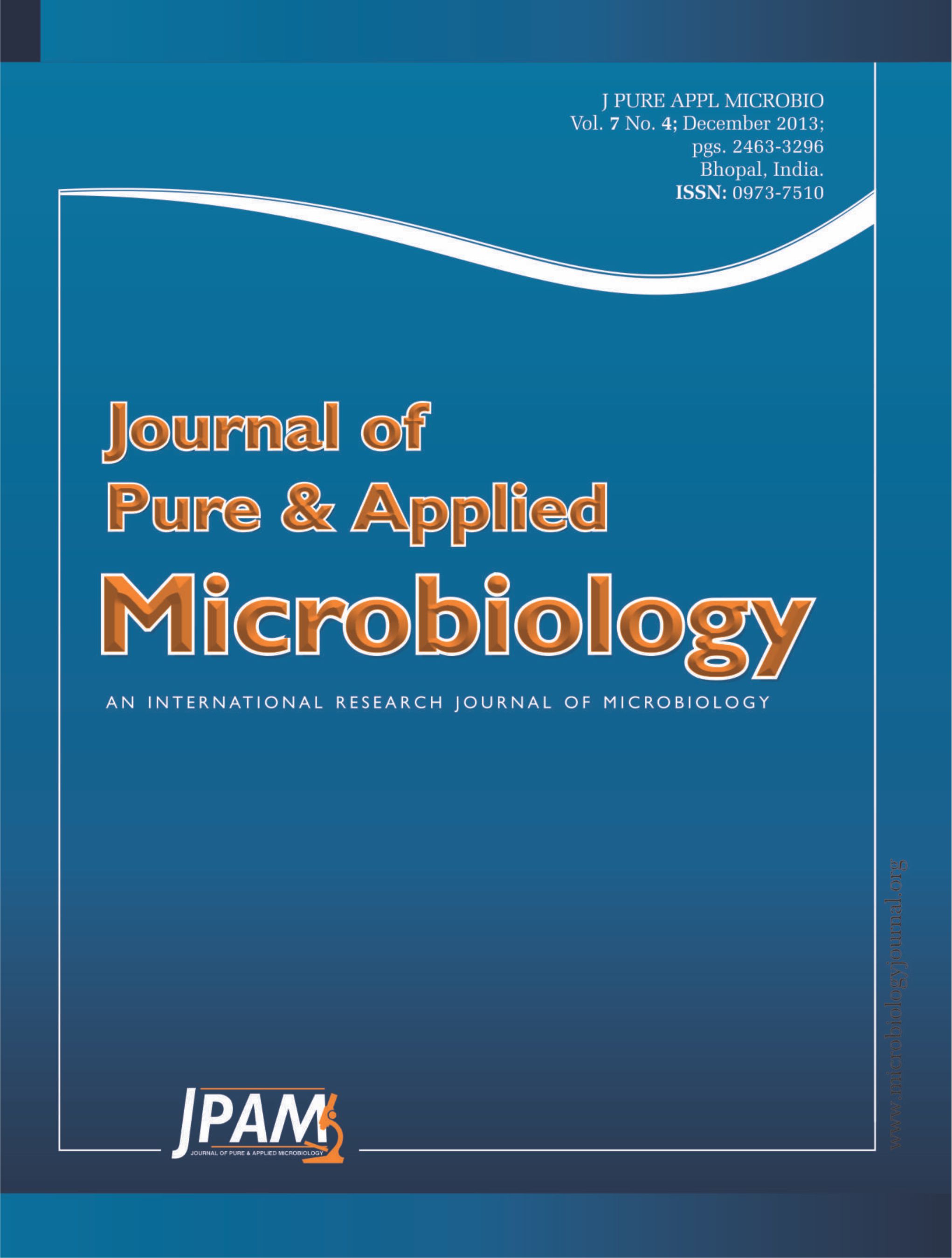Five bacterial strains isolated from the long-term petroleum-contaminated soil in the Daqing oilfield were used to bioremediated the petrol-oil pollution in soil. They were identified as Pseudomonas sp., Pseudomonas aeruginosa, Acinetobacter junii(1), Acinetobacter1 and Microbacterium oxydans. The results of oil-degrading efficiency showed that under both liquid and solid (i.e. soil) culture conditions, the five bacterial strains showed high petroleum hydrocarbon degradation ability. By regulating the concentration of initial salt, nitrogen and phosphorus in the medium, we explored the optimal conditions for growth and crude oil-degradation of the bacterial strains. The strain X3 showed higher petroleum degradation rate in both of 1% and 3% salt concentration, more than 60%. And the highest oil degradation rate required NH4NO3 and K2HPO4·3H2O /KH2PO4 in mineral medium. This study provides new bacterial resources and information for the autochthonous bioaugmentation of oil contaminated soil.
Autochthonous bioaugmentation, Oil-contaminated soil, Petroleum hydrocarbon, Bacteria, Degradation rate
© The Author(s) 2013. Open Access. This article is distributed under the terms of the Creative Commons Attribution 4.0 International License which permits unrestricted use, sharing, distribution, and reproduction in any medium, provided you give appropriate credit to the original author(s) and the source, provide a link to the Creative Commons license, and indicate if changes were made.


